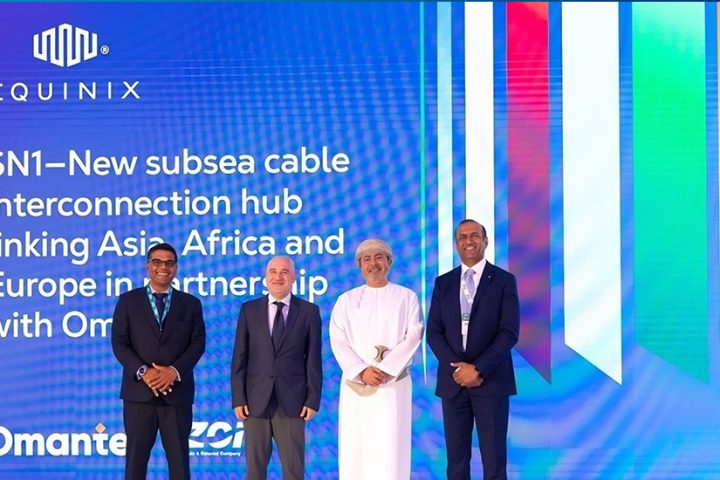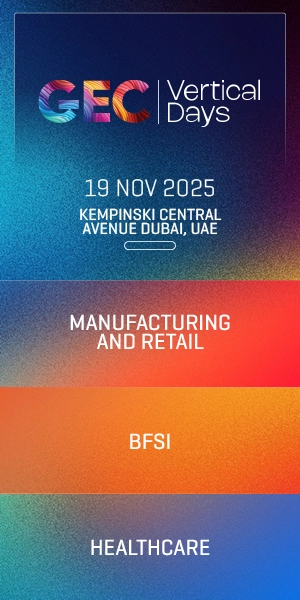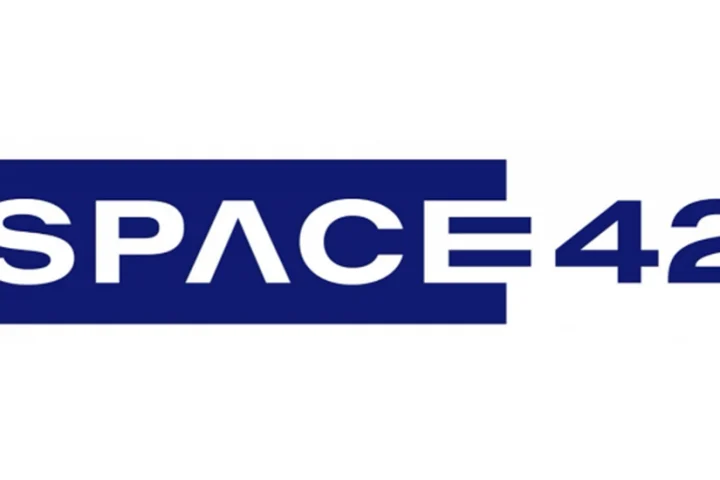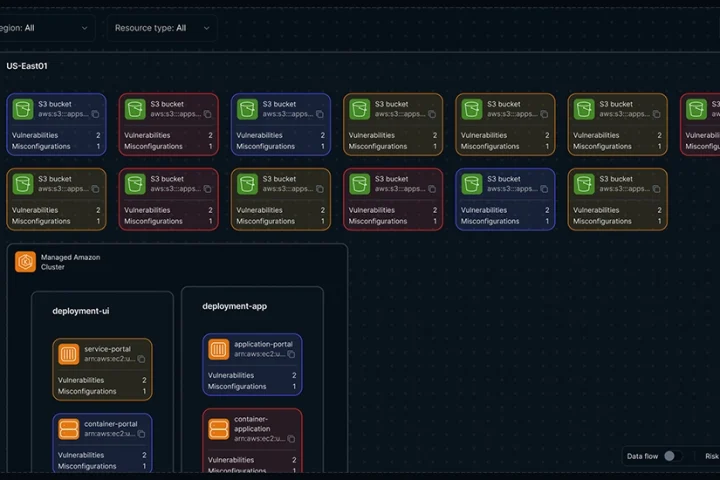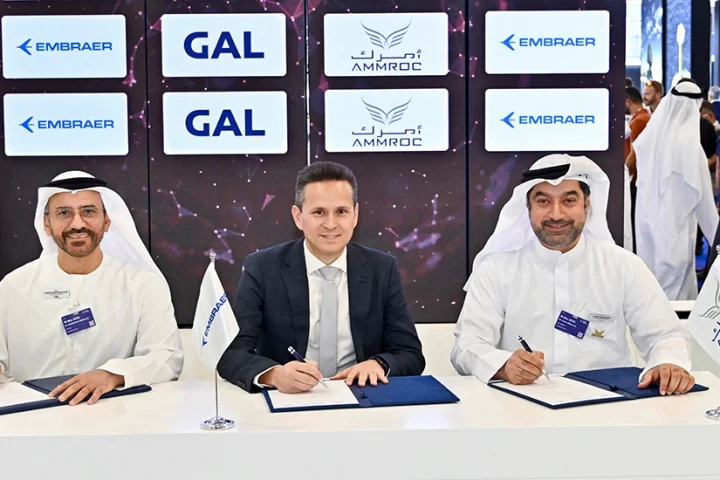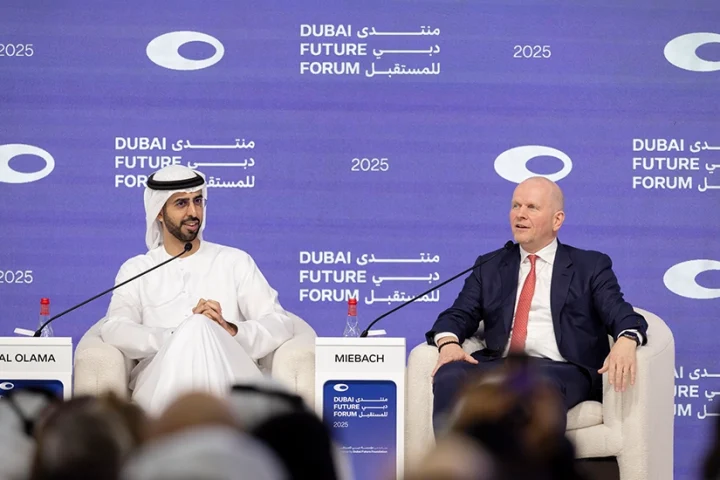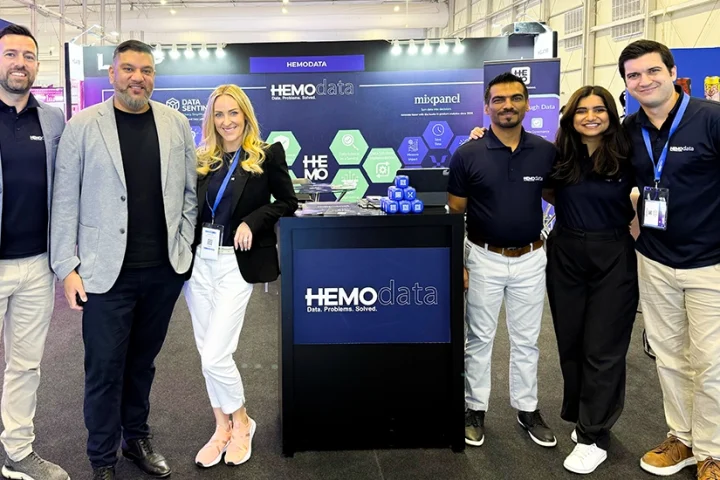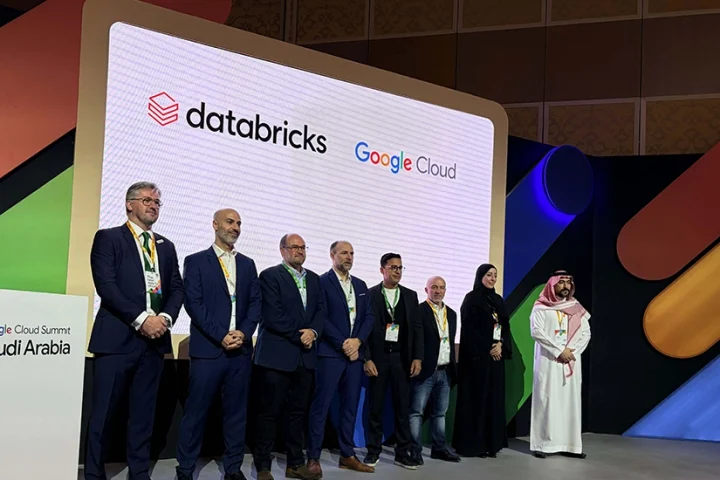REGIONAL TRANSFORMATION OUTLOOK 2019
The market is at an inflection point, where the right digital strategies become the differentiator and source of competitive advantage for organisations. And for the first time in history, the technology to fully enable digital business is available to everyone.
5G will open up possibilities of digital transformation, especially in an IoT and artificial intelligence-connected world. To attain the high radio density required for 5G, operators are looking to optimise costs through the use of open-source commodity networking hardware and virtualisation of the wireless networking stack. There will be increased investments in 2019 in the revamping of existing cellular building infrastructure and building of new edge infrastructure.
The growing use of artificial intelligence in business and society will increase data usage exponentially. While first-generation artificial intelligence architectures have historically been centralised, in 2019 enterprises will enter distributed artificial intelligence architectures. artificial intelligence model building and model inferencing will take place at the local edge, physically closer to the origin source of the data. To access more external data sources for accurate predictions, enterprises will turn to secure data transaction marketplaces. They will also strive to leverage artificial intelligence innovation in multiple public clouds without getting locked into a single cloud, further decentralising artificial intelligence architecture.
Blockchain investments are growing at a CAGR of 73%, with a projected total spending of $11.7 billion by 2022, according to IDC. Enterprises will start to participate in multiple blockchain networks, example food safety, financial services, global container shipment, creating a network of networks — something that allows them to simultaneously interact with multiple blockchain ecosystems.
Blockchain performance will become a more important requirement within the enterprise space, driven by the need to accommodate more than simple transaction data or as an element in applications where real-time performance and linkage with other data sources matter. Integration will become a challenge as enterprises combine their legacy applications with multiple blockchain networks, necessitating the deployment of exchange points for blockchain participants to directly connect and collaborate.
Many enterprises and SaaS providers are deploying mini-clouds in multiple regions in order to adhere to local data residence and compliance requirements. They are also looking at distributed data management architectures that require global networks and data fabrics in order to coherently manage these distributed mini-clouds.
Enterprises are now accessing SaaS, IaaS and PaaS solutions from multiple providers. 2019 will see the next level of challenges associated with hybrid cloud and multicloud approaches. Enterprises will struggle with expanding their security perimeters, as well as integration and management issues as they pursue hybrid multicloud architectures.

Key takeaways
- Blockchain performance will become a more important requirement within the enterprise space.
- Integration will become a challenge as enterprises combine legacy applications with multiple blockchain networks.




